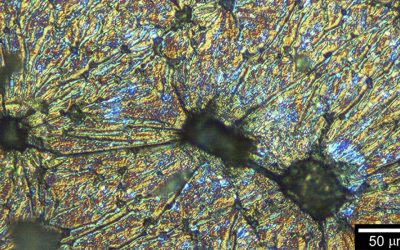The book is divided in 12 chapters accompanied by appendixes and related exercises/problems. In addition, some computer-related basic procedures associated to current scientific and industrial practice are also highlighted. Following the introductory section, the fundamental notions and features (e.g. stress, rate of deformation, constitutive relations and normal stress differences) related to the flow of polymeric liquids are explained in chapters 2-6. From constitutive point of view, the book introduces the Newtonian and generalized Newtonian constitutive relations. Chapter 7 is dedicated to experimental methods for measuring the previously introduced parameters.
The mathematical essentials for a further constitutive development (such as for the Doi-Edwards and subsequent developments) are introduced in chapter 8. Throughout the text, examples of the particular behavior of polymeric liquids are emphasized. The molecular origins of the described rheological behavior are explained in chapter 9. Thereafter, chapters 10-11 are concentrated on industrial applications such as the processing of polymers and quality control thereof. The closing chapter is dedicated to explaining the flow of more advanced materials, i.e. modified polymers and polymers with complex molecular structures. Within the chapters at the end problems are stated and the Appendix gives answers to selected problems stated. This can be of great help if the book for teaching or if it is read for self studying.
Overall, the text feels easy to read and is appropriate in length for semester reading. The many examples will intrigue and deepen the understanding of students interested in rheology and polymer rheology. In addition, the introductory elements presented within will prepare students for their future scientific and/or industrial practice. Background knowledge of fluid dynamics/ mechanics is one of the prerequisites required for understanding the text, mainly in chapter 2. The book will appeal especially to students having a chemical engineering and/or Materials strength/solid mechanics background (e.g. see the use of of ideal clamp, Mohr’s circle). However, because of it’s introductory nature, the book can be useful for a wider audience of post-graduates that wish to pursue rheology in their continuing education. In conclusion we would highly recommend this text book.


















